12 Ancient Forests Worth Traveling the World to See
Ancient forests offer a glimpse into Earth’s distant past, where towering trees and untouched ecosystems have remained largely unchanged for millennia. These primeval landscapes are home to unique species and offer an immersive experience that transports visitors to another time. From dense rainforests to misty woodlands, stepping into these forests feels like entering a world frozen in time, where nature’s quiet resilience tells stories of evolution, survival, and mystery.
This post may contain affiliate links, which helps keep this content free. Please read our disclosure for more info.
Daintree Rainforest, Australia
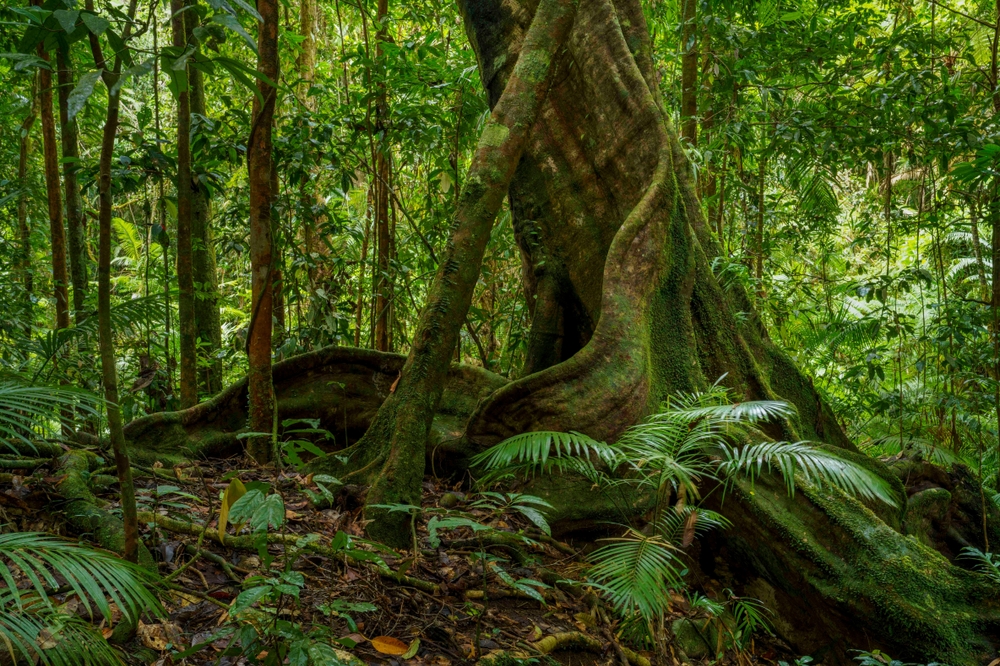
The Daintree Rainforest in Queensland is one of the oldest continuously surviving tropical rainforests on Earth, dating back more than 180 million years. Its lush environment features enormous ferns, ancient cycads, and exotic orchids that seem unchanged from the age of dinosaurs. The thick canopy filters sunlight into dappled green hues, creating a mystical world where every sound of dripping water and rustling leaves feels alive with history. Home to rare creatures like the southern cassowary and musky rat-kangaroo, the Daintree is a living archive of evolution.
Every step through this forest feels like wandering into a forgotten chapter of the planet’s story. Moss-covered trees twist into the mist, and giant buttress roots rise from the earth like the walls of a natural cathedral. The forest’s biodiversity remains unmatched, holding species that predate most modern ecosystems. Visitors often describe a sense of reverence here, as if the rainforest itself remembers a world long before humanity’s arrival.
Ancient Bristlecone Pine Forest, California, USA
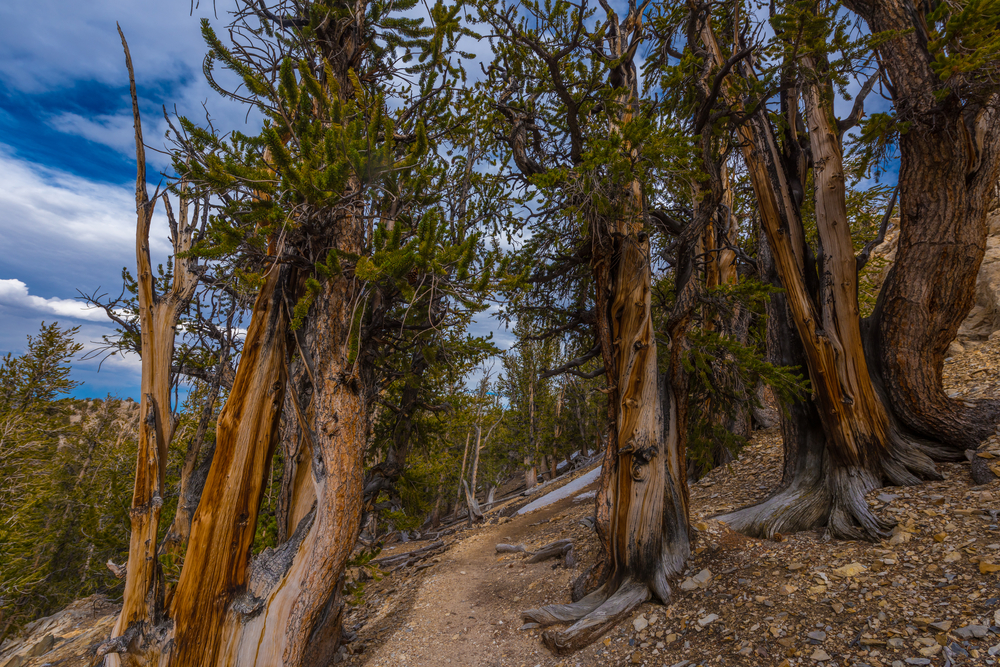
The Ancient Bristlecone Pine Forest in California’s White Mountains is home to some of the oldest known trees on Earth, with lifespans reaching nearly 5,000 years. These weather-beaten trees endure in harsh, rocky conditions that would destroy most vegetation. Their twisted trunks and roots cling to arid slopes, sculpted by centuries of cold winds and snow. Each Bristlecone Pine carries in its rings a record of climate changes and historical events stretching far beyond human memory.
To walk among them is to encounter time itself made tangible. The air is thin and still, and the pines seem to whisper the secrets of thousands of years. The silence is broken only by the wind brushing across their ancient bark. Unlike lush forests, the beauty here lies in resilience and endurance, a testament to life’s persistence in even the most unforgiving environments.
Kakamega Forest, Kenya
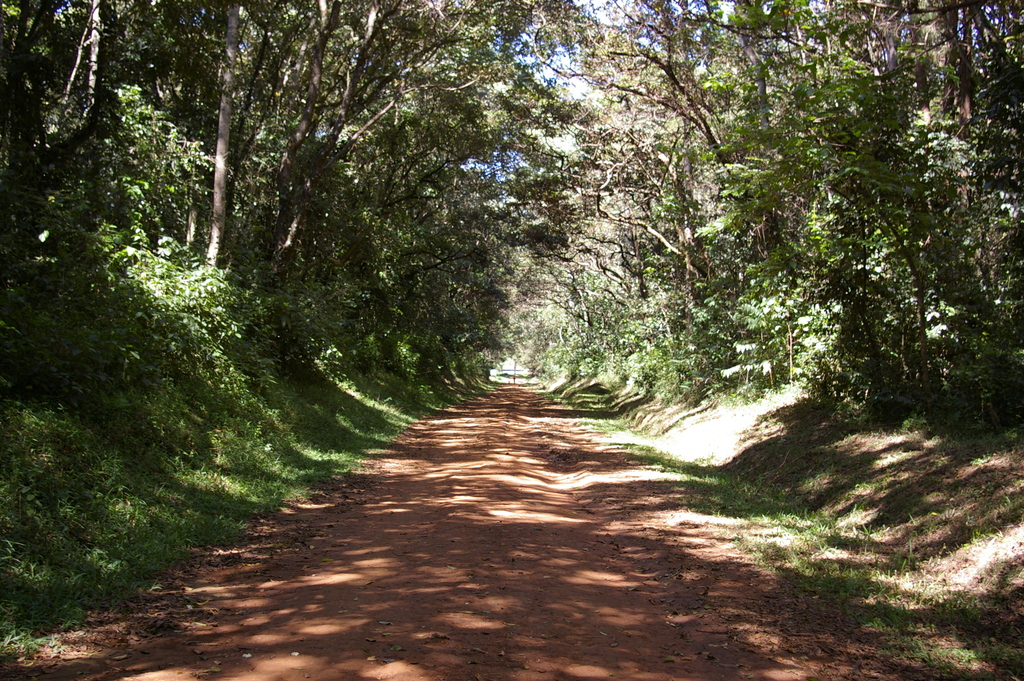
Kakamega Forest in western Kenya is the country’s last remnant of the vast equatorial rainforest that once stretched across central Africa. Its towering canopy of African mahogany, strangler figs, and red stinkwood trees forms a dense roof that blocks most sunlight. Beneath it lies a thriving world of orchids, butterflies, and over 400 bird species, including the great blue turaco and the black-and-white colobus monkey. The calls of exotic birds echo through the forest, filling the air with a soundtrack unchanged for centuries.
This forest feels ancient, not just because of its trees but because of its deep cultural significance. Local communities regard it as a sacred space, believing spirits dwell within its heart. Mist clings to the upper branches at dawn, and the earthy scent of decay and renewal hangs in the air. Exploring Kakamega is like stepping into a world where human presence remains secondary to nature’s long, unbroken rhythm.
Yakushima Forest, Japan
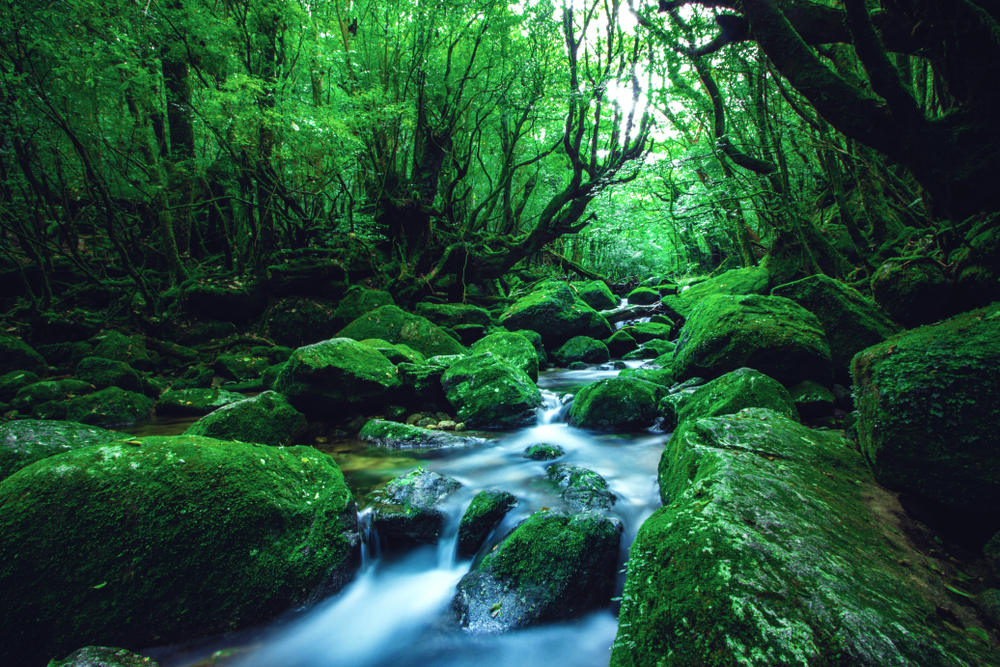
Japan’s Yakushima Forest, located on Yakushima Island, is a UNESCO World Heritage Site known for its thousand-year-old cedar trees called “yakusugi.” Some of these massive trees are estimated to be over 7,000 years old, making them among the oldest living organisms in Asia. The forest floor is carpeted with moss and ferns, and mist constantly rolls through the ancient cedars, giving the area an ethereal atmosphere. It is a living scene from a myth, inspiring artists, poets, and even the creators of Studio Ghibli’s Princess Mononoke.
As visitors walk through the narrow trails, the forest seems to breathe with quiet wisdom. The cedar trunks tower above, weathered and twisted from centuries of storms. Small streams cut through green carpets of moss, and shafts of filtered light reveal the delicate balance of life here. Time feels suspended in Yakushima, where every drop of dew and fallen leaf contributes to a cycle that has lasted millennia.
Hoh Rainforest, Washington, USA
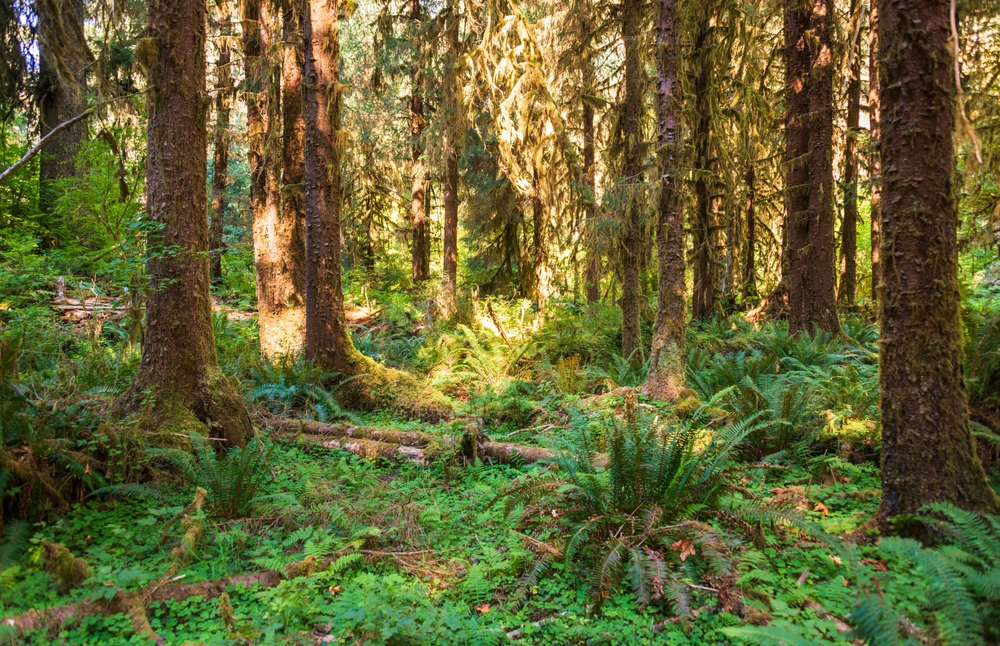
The Hoh Rainforest in Olympic National Park feels like stepping into another world entirely. Draped in thick blankets of moss and lichen, its trees reach extraordinary heights, some stretching over 300 feet. The Sitka spruce and western hemlock dominate the canopy, creating an ecosystem that thrives in near-constant rainfall. The air is cool and damp, filled with the scent of wet earth and decaying wood, giving visitors a feeling of connection to something ancient and enduring.
Walking its trails, one is enveloped in silence except for the soft patter of rain or the gentle call of a raven overhead. Fallen logs become nurseries for new growth, a perfect example of the forest’s ongoing cycle of life and renewal. Sunlight barely reaches the ground, and when it does, it glows softly through the mist. The Hoh Rainforest reminds anyone who enters that time moves differently here, dictated by nature’s slow, patient hand.
Białowieża Forest, Poland and Belarus
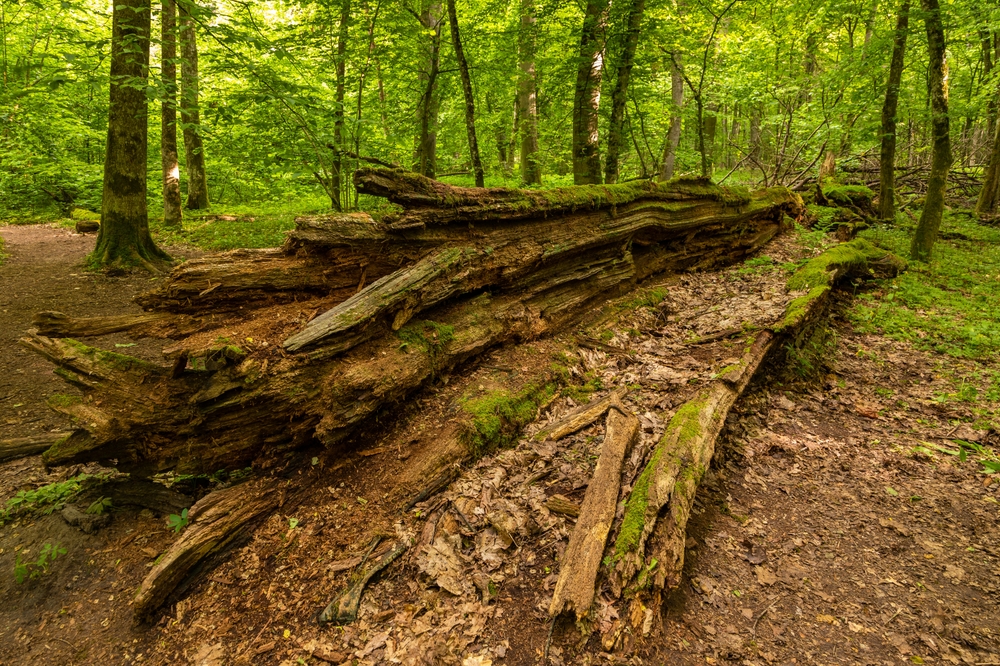
Straddling the border between Poland and Belarus, Białowieża Forest is one of the last and largest remaining parts of the primeval forest that once covered much of Europe. Its ancient oaks, lindens, and hornbeams rise high above a thick understory of shrubs and fungi. The forest is home to Europe’s largest population of bison, as well as wolves, lynxes, and countless bird species. Its tangled roots and fallen trunks create a wild, untouched landscape that has survived since the Ice Age.
Visiting Białowieża feels like traveling back to Europe’s prehistoric wilderness. Sunlight filters through misty clearings, illuminating moss-covered branches that have stood for centuries. The forest’s quiet density gives an impression of deep time, where natural cycles have continued uninterrupted. It is a place that reveals how Europe once looked before cities and agriculture changed the continent’s face.
Taman Negara, Malaysia
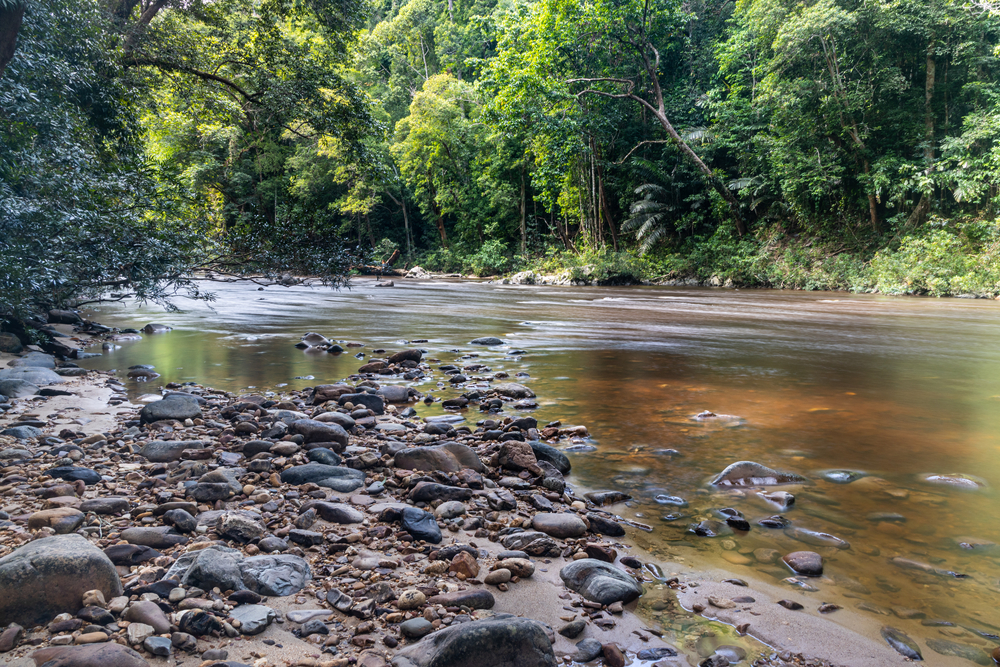
Taman Negara, located in the heart of Peninsular Malaysia, is among the world’s oldest tropical rainforests, estimated to be over 130 million years old. The park spans nearly 4,000 square kilometers of dense jungle, filled with towering dipterocarp trees, giant ferns, and teeming wildlife. The forest canopy is so thick that sunlight barely reaches the forest floor. Every sound, from the chirp of cicadas to the distant calls of hornbills, feels like a reminder of nature’s ancient rhythm.
Traveling through its canopy walkways or boat routes, visitors witness a forest largely untouched by modern civilization. Tigers, elephants, and exotic birds still roam freely through its dense foliage. The air hums with energy, alive with moisture and decay. Taman Negara feels like a living relic, preserving a world that has thrived through countless ages of geological change.
Waipoua Forest, New Zealand
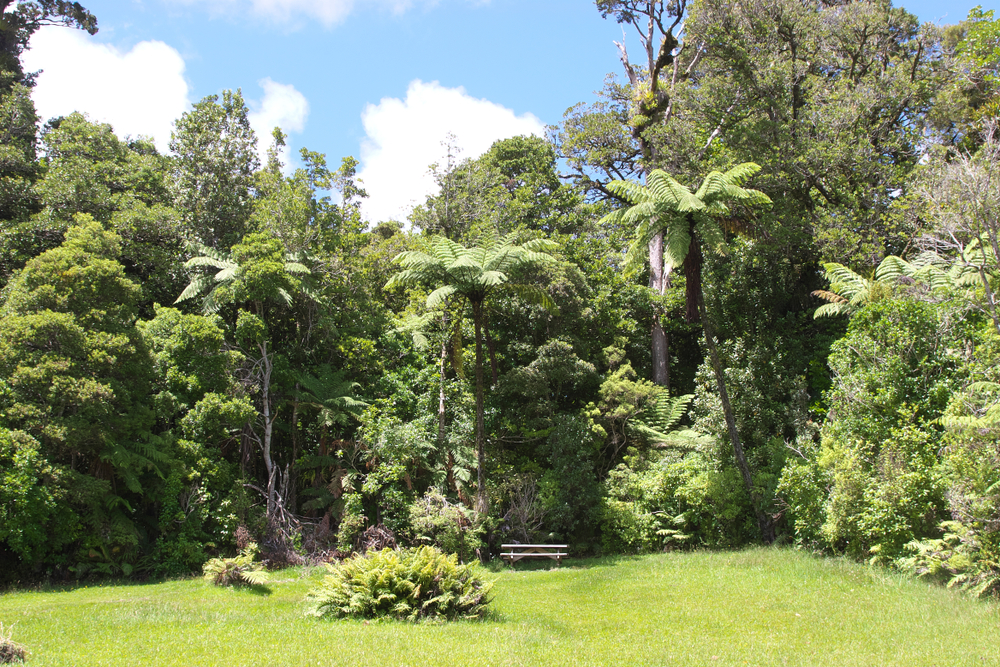
Waipoua Forest on New Zealand’s North Island shelters some of the oldest and largest kauri trees on the planet. The forest’s most famous resident, Tane Mahuta, known as the “Lord of the Forest,” is estimated to be over 2,000 years old and stands nearly 170 feet tall. The kauri trees dominate the forest with their massive trunks and smooth silver bark, creating an atmosphere of sacred calm. Maori tradition holds this forest as spiritually significant, a place where the divine and natural worlds meet.
Stepping into Waipoua feels like crossing into a realm of giants. The air is thick with moisture, and the quiet hum of insects echoes softly between colossal trunks. Sunlight dances through the canopy in golden streams, highlighting moss-covered roots and ancient ferns. Visitors often leave in silence, moved by the sense of ageless power that lingers among the trees.
Amazon Rainforest, South America
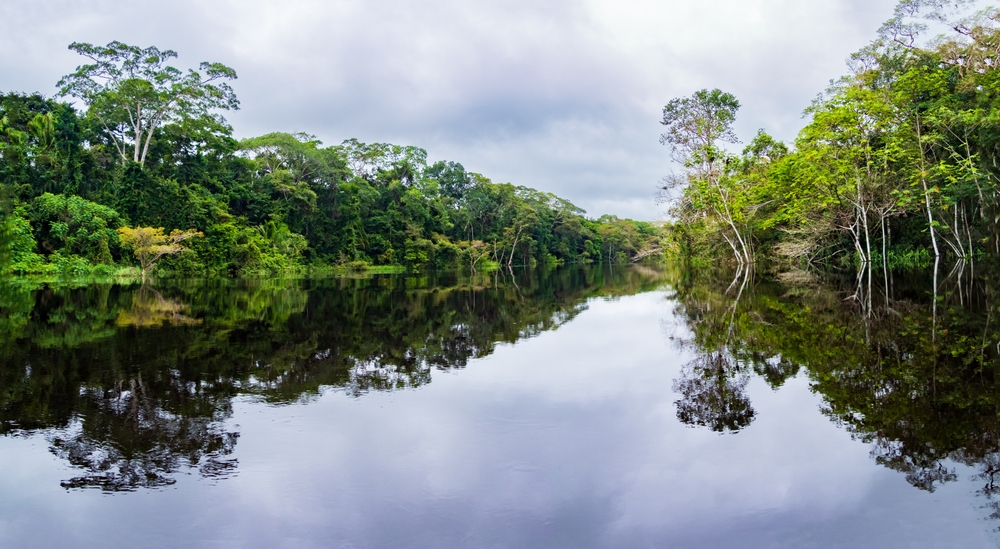
The Amazon Rainforest spans across nine countries and represents the largest tropical rainforest on Earth. Its ecosystem is ancient, complex, and alive with millions of plant and animal species that have evolved over tens of millions of years. The dense vegetation, winding rivers, and constant hum of life give the Amazon an otherworldly quality. It feels eternal, its scale too vast to fully comprehend.
Deep within, where the sunlight barely touches the ground, ancient trees rise hundreds of feet high, their roots intertwined in endless layers of growth and decay. Indigenous tribes have lived harmoniously within this environment for thousands of years, adding to the forest’s sense of timeless continuity. Every rustle, every call of a distant bird reminds visitors that the Amazon is a living archive of Earth’s natural history.
Crooked Forest, Poland
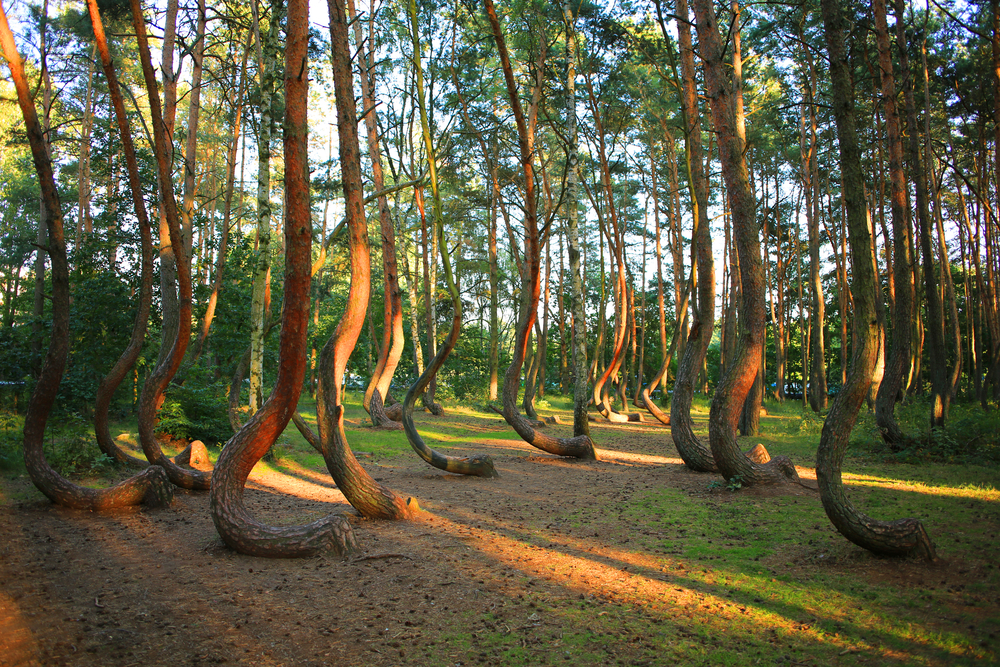
The Crooked Forest near Gryfino in Poland is unlike any other. It consists of around 400 pine trees that all share a peculiar shape; the trunks curve sharply at the base before growing straight upward. The reason behind this unique formation remains uncertain, with theories ranging from human intervention to natural forces. Despite being younger than other ancient forests, the Crooked Forest carries an air of mystery that draws people seeking traces of forgotten history.
Walking through its quiet glade feels surreal, as if nature itself decided to experiment with form and structure. The way sunlight filters between the oddly bent trunks creates patterns that seem almost dreamlike. Time feels distorted here, and each tree tells a story that no one has fully decoded. It is a forest that feels suspended between myth and reality.
Monteverde Cloud Forest, Costa Rica
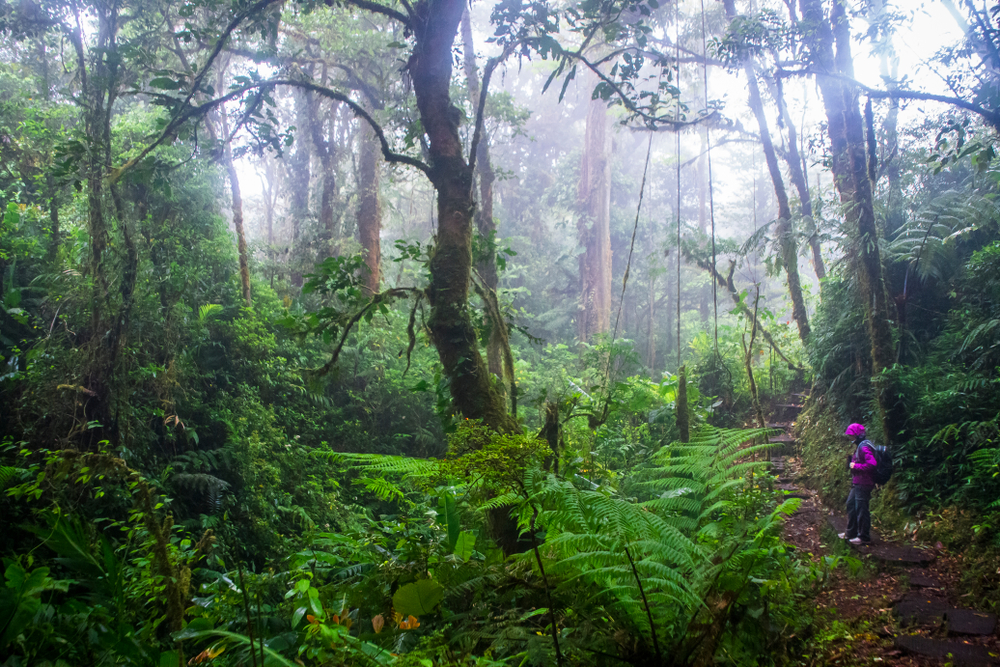
The Monteverde Cloud Forest Reserve is a high-altitude rainforest blanketed in mist year-round. Its constant humidity supports mosses, orchids, and bromeliads that cling to every surface, from the tallest trees to the smallest branches. The air feels thick and cool, creating an almost dreamlike quality. Hidden among the mist are rare species like the resplendent quetzal, which adds flashes of iridescent color to the gray haze.
This forest embodies the timeless interplay of life and weather. Clouds drift through the canopy, nourishing the vegetation and feeding countless streams below. Walking along its hanging bridges gives an unmatched view of how ecosystems layer themselves from the forest floor to the treetops. The Monteverde Cloud Forest is a living reminder that some of Earth’s oldest environments thrive quietly in balance.
Black Forest, Germany
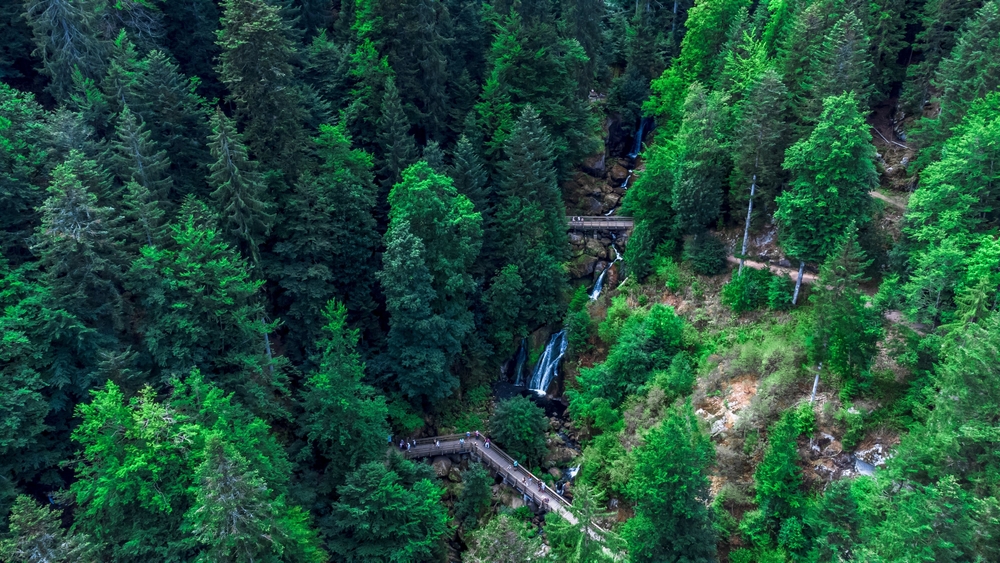
Germany’s Black Forest is famous for its dense woods, dark valleys, and folklore that seems to arise directly from its shadows. Towering firs and pines create an almost impenetrable canopy that blocks most sunlight. The forest has been standing since ancient times, shaping the region’s culture and mythology for centuries. Stories of fairies, wolves, and hidden spirits were born here, inspired by the haunting beauty of its misty trails.
Even today, it feels timeless. The air carries the scent of pine resin and damp soil, while streams wind quietly through mossy undergrowth. Wooden bridges and narrow paths add to the feeling of walking through history. The Black Forest invites travelers to lose themselves in its silence and imagine what it must have felt like before the modern world touched it.
This article originally appeared on Avocadu.
